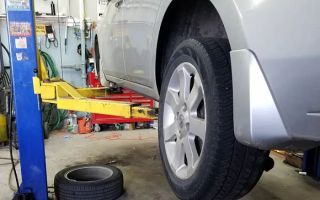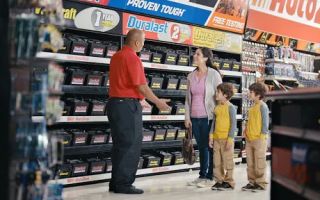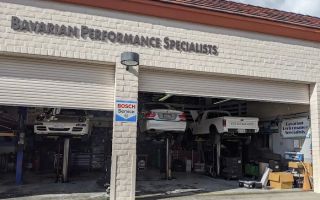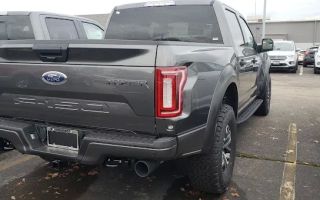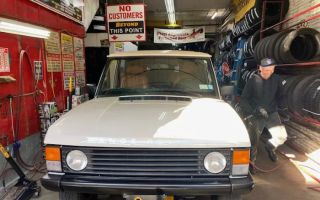How to Use a Seat Belt Correctly for Maximum Safety
Published on Mar 06, 2025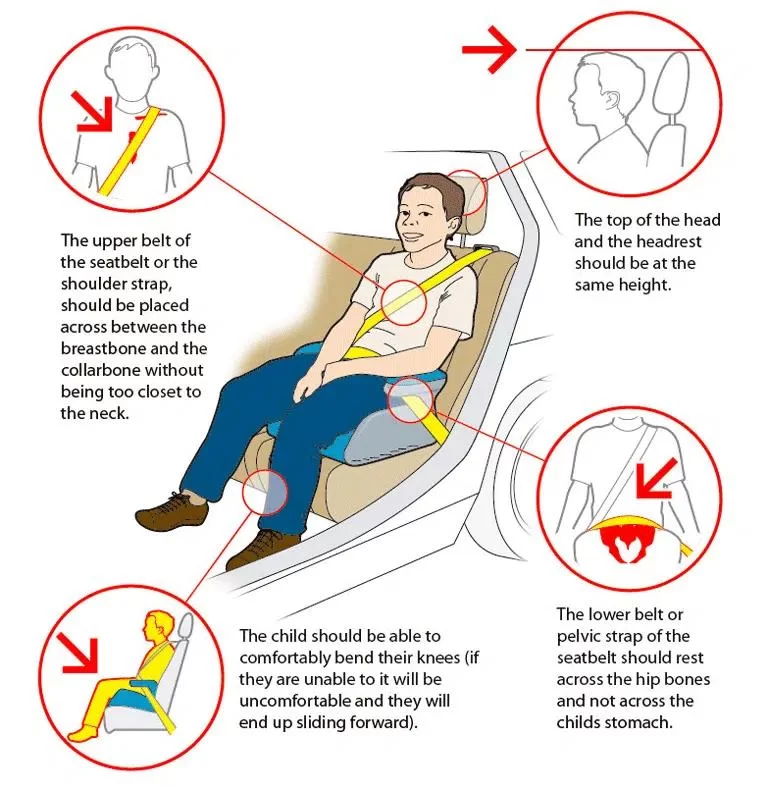
As a driver, I’ve always been keenly aware of how important safety is on the road, especially when it comes to using a seat belt. I still remember the first time I learned how critical it is to wear a seat belt properly — it wasn’t just a simple "click" but rather an essential act of responsibility. Over the years, I’ve realized that despite being something most of us do automatically, there are still many misconceptions and improper habits surrounding seat belt use. If you think about it, the seat belt is one of the simplest yet most effective safety features in your car. It’s designed to save lives, but only if used correctly. Let’s dive into why seat belts are so important, how to use them properly, and the common mistakes people often make that can compromise their safety.
1. The Importance of Seat Belts
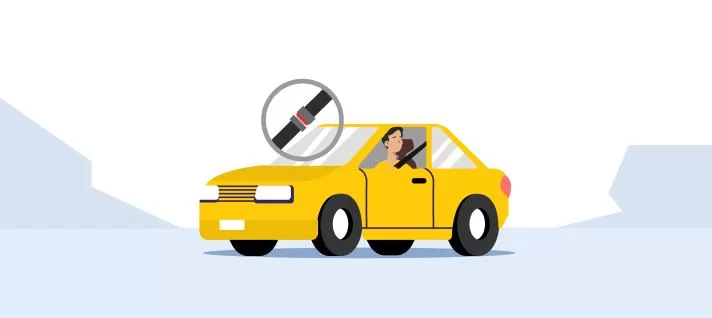
We’ve all heard it before — "wear your seat belt, it could save your life." But why is this such a critical message? Seat belts are designed to protect you in the event of a crash. Without a seat belt, your body is at risk of being thrown forward or even ejected from the vehicle, both of which can lead to serious injuries or fatalities. Statistically, wearing a seat belt reduces the risk of death by up to 50%. I’ve had moments in my life when I was grateful for wearing a seat belt — during a sudden stop or a near-miss, I felt its security. When it comes down to it, there’s no excuse for not wearing it. No matter how short your trip is, wearing a seat belt should be second nature.
2. Understanding the Mechanics of a Seat Belt
Seat belts work by distributing the forces of a collision across the strongest parts of your body, primarily the chest, pelvis, and shoulders. They are designed to prevent you from being thrown forward or experiencing too much impact during a crash. The belt locks in place when a sudden stop or impact occurs, which keeps you securely in your seat.
2.1. The Lap Belt
The lap belt is the lower part of the seat belt that goes across your hips and pelvic area. It is crucial that this belt rests low across your pelvis, not over your stomach. When I first learned about seat belt safety, one of the key lessons I remember is the importance of wearing the lap belt correctly. If worn over the stomach, it can cause internal injuries in the event of a crash. The lap belt is designed to bear the brunt of the crash forces on the stronger pelvic bones, preventing injury to more fragile areas.
2.2. The Shoulder Belt
The shoulder belt is the upper part of the seat belt that crosses over your shoulder and across your chest. This belt helps prevent your upper body from being thrown forward in a crash. It is vital that the shoulder belt fits snugly over your shoulder and chest, not across your neck or face. The shoulder belt should never be placed under your arm or behind your back, as doing so compromises the safety function of the belt. I learned this the hard way once when I thought I could "just adjust it for comfort" — the result was that the belt didn’t protect me as it should have in a minor collision.
3. How to Fasten Your Seat Belt Correctly
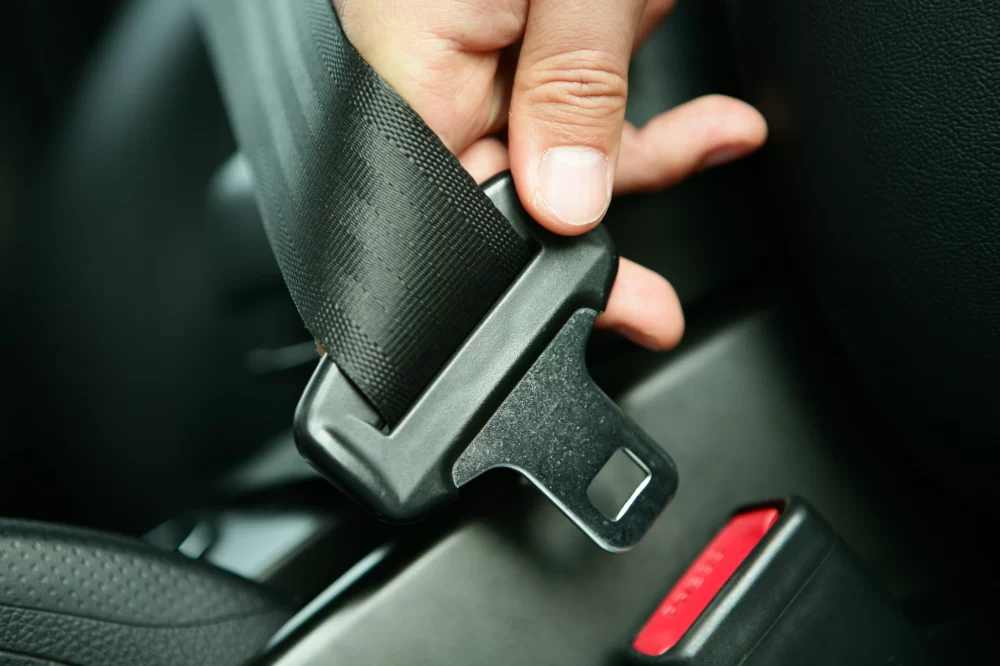
It may seem like an automatic action to buckle up, but it’s easy to get lazy or rush, especially when you’re in a hurry. I’ve been guilty of it myself — quickly fastening the belt in a rush to start driving. However, this is when mistakes can happen, so here’s a reminder on how to ensure your seat belt is properly fastened for the best protection.
3.1. Adjusting the Seat
Before fastening your seat belt, it’s important to make sure your seat is adjusted to a comfortable and safe position. Your back should be against the seat, and your legs should have a slight bend when you press the pedals. This helps ensure that the seat belt fits snugly and works as intended during an impact. I always take a few seconds to adjust my seat and mirror before buckling up. It’s something small but ensures that everything lines up properly.
3.2. Positioning the Lap Belt
The lap belt should rest over your hips and pelvic area, not over your stomach. I’ve learned from experience that it’s easy to let the lap belt ride up your waistline, but this can cause serious injuries to your internal organs during an accident. The belt should fit snugly, but not so tight that it feels uncomfortable. You should be able to breathe easily, but it should not be loose enough to slide around.
3.3. Positioning the Shoulder Belt
The shoulder belt should cross over your shoulder and across your chest. Make sure that the belt is positioned between your neck and shoulder, not across your neck, as this could cause injury in the event of a crash. The shoulder strap should never be placed under your arm or behind your back, as that can cause the lap belt to ride up into your abdomen, which increases the risk of injury. Always check that the belt is not twisted and is lying flat against your body for the best protection.
4. Common Mistakes to Avoid
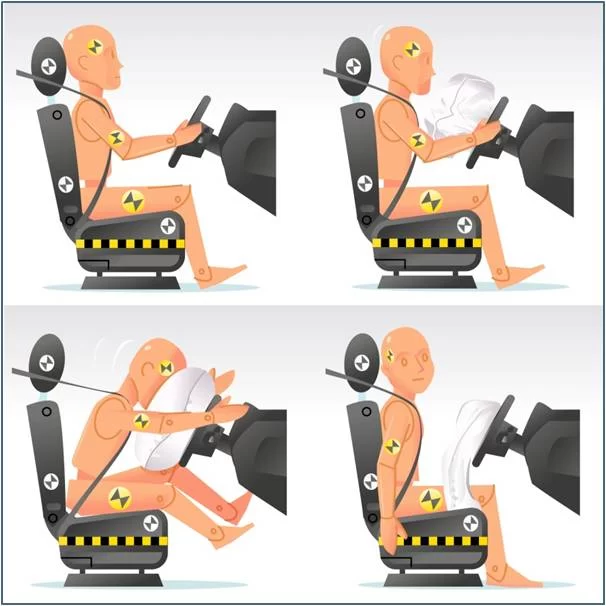
Even though it seems simple, people make a few common mistakes when it comes to seat belt use. I’ve seen people in my life make these mistakes, and I’ve made them myself as well. These mistakes can decrease the effectiveness of the seat belt during a crash, so it’s essential to be aware of them.
4.1. Not Wearing a Seat Belt
This is the most common and most dangerous mistake. I know it might seem like a hassle, or you might think you don’t need it for a short trip, but this is exactly when accidents are most likely to occur. Every time I get in the car, the seat belt is the first thing I fasten, no matter how far I’m driving. It’s a simple habit that could save your life.
4.2. Wearing the Seat Belt Incorrectly
As mentioned earlier, wearing the seat belt incorrectly is another common mistake. The lap belt should never be worn over the stomach, and the shoulder belt should never be placed under the arm or behind your back. I’ve seen this happen when people think the belt is uncomfortable and try to adjust it for convenience. But proper positioning is crucial for safety. Don’t make the mistake of thinking "it’s just a quick drive" and neglecting the proper use of your seat belt.
4.3. Children Not Being Properly Secured
Another issue I see from time to time is children not being properly secured in the vehicle. Children under a certain age and size should always be in the correct car seat or booster seat, and it’s essential that the seat belt fits them correctly when they’re old enough to wear one. I’ve always made sure that my kids are in the right seat and have the seat belt positioned properly before driving. It’s a non-negotiable safety measure that ensures their protection.
5. Seat Belt Maintenance and Care
Keeping your seat belt in good working order is important to ensure its effectiveness in the event of an accident. Over time, seat belts can become worn out, stretched, or damaged, which may compromise their function. I always check my seat belts periodically to ensure they’re in good condition. If a seat belt becomes stuck, frayed, or doesn’t retract properly, it’s essential to get it checked or replaced by a professional. A malfunctioning seat belt can mean the difference between life and death in a car accident, so regular checks are worth the peace of mind.
In my experience, wearing a seat belt is one of the easiest and most effective ways to protect yourself while driving. Whether you’re driving around the block or on a long road trip, always make sure your seat belt is fastened properly. It’s a habit that could very well save your life one day. Don’t overlook this simple safety measure — buckle up, and ensure your loved ones do too.
If you need more car safety tips or have questions about seat belt safety, feel free to visit Rescue & Towing for further guidance and services.
Auto Repair Shops Near Me
Recommended

Why Skipping Minor Maintenance Often Leads to Major Repair Bills Later
Discover why skipping minor maintenance can lead to major repair bills later. Learn how small issues can escalate and the importance of regular upkeep. Get expert advice on how to prevent costly repairs at Rescue & Towing.
Dec 15, 2025
When a Check-Engine Code Means Trouble — What Codes to Worry About Immediately
Learn when a check-engine code means trouble, which engine codes require immediate attention, real breakdown stories, and expert advice on when to stop driving and call for help.
Dec 07, 2025
How Weight and Load Affect Fuel Efficiency and Maintenance Needs
Learn how weight and load affect your car's fuel efficiency and maintenance needs. Explore what many drivers overlook and how to improve both fuel economy and vehicle longevity.
Dec 07, 2025
How to Maintain CV Joints and Axles to Prevent Clicking, Shuddering, or Grease Leaks
Learn how to maintain CV joints and axles to prevent clicking, shuddering, and grease leak issues. Includes real examples, expert tips, and guidance from Rescue & Towing.
Dec 06, 2025
How to Prepare for Unexpected Repair Costs — Budgeting, Emergency Fund & Prioritization Tips
Learn how to prepare for unexpected repair costs. Discover budgeting strategies, building an emergency fund, and prioritizing repairs to stay financially prepared.
Dec 05, 2025
How to Diagnose Strange Vibrations While Driving — Wheel, Suspension, Brake or Drivetrain Issues
Learn how to diagnose strange vibrations while driving and what they could mean. Understand common causes like wheel, suspension, brake, or drivetrain issues with expert advice.
Dec 05, 2025Related Categories
Popular

Emergency Vehicle Towing Guide for Miami: What You Need to Know
Jan 24, 2025
The Best All-Season Tires for Your Car in 2025: Top Picks for Every Driver
Mar 07, 2025
How Towing Services Can Help with Engine Overheating: Immediate Assistance When Your Engine Runs Hot
Jan 24, 2025
How to Safely Use Towing Services for Vehicles with Dead Batteries
Jan 24, 2025
Comprehensive Guide to Roadside Emergency Services: Towing, Car Rescue, and More
Feb 24, 2025
Flatbed Towing vs. Traditional Towing in Chicago: Which is Right for Your Vehicle?
Jan 22, 2025
Reliable Towing for Electric Vehicles in Madison: Your Trusted Roadside Assistance
Jan 24, 2025
What to Do After an Accident in San Francisco: A Step-by-Step Guide
Jan 22, 2025
Why You Should Always Carry Roadside Assistance Coverage: The Key Benefits and Importance
Jan 24, 2025


